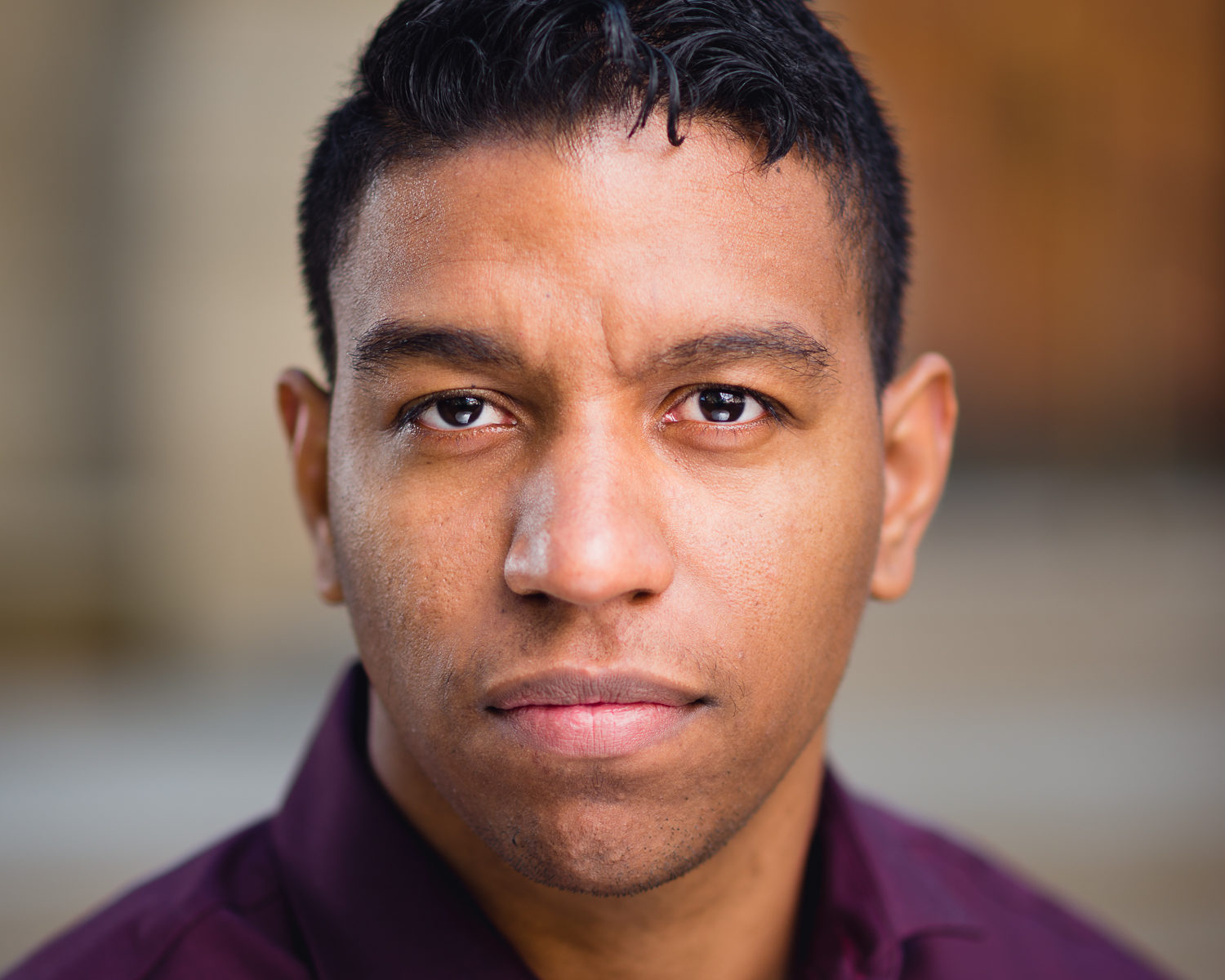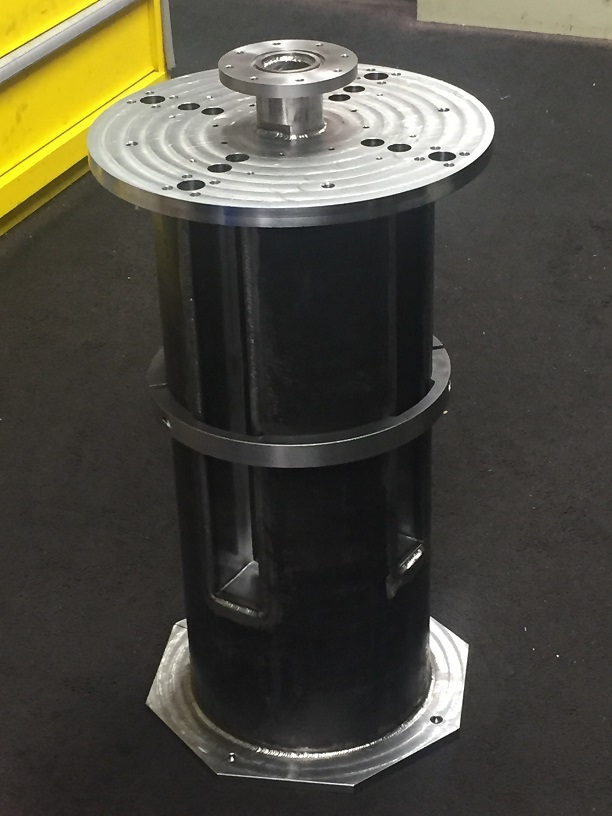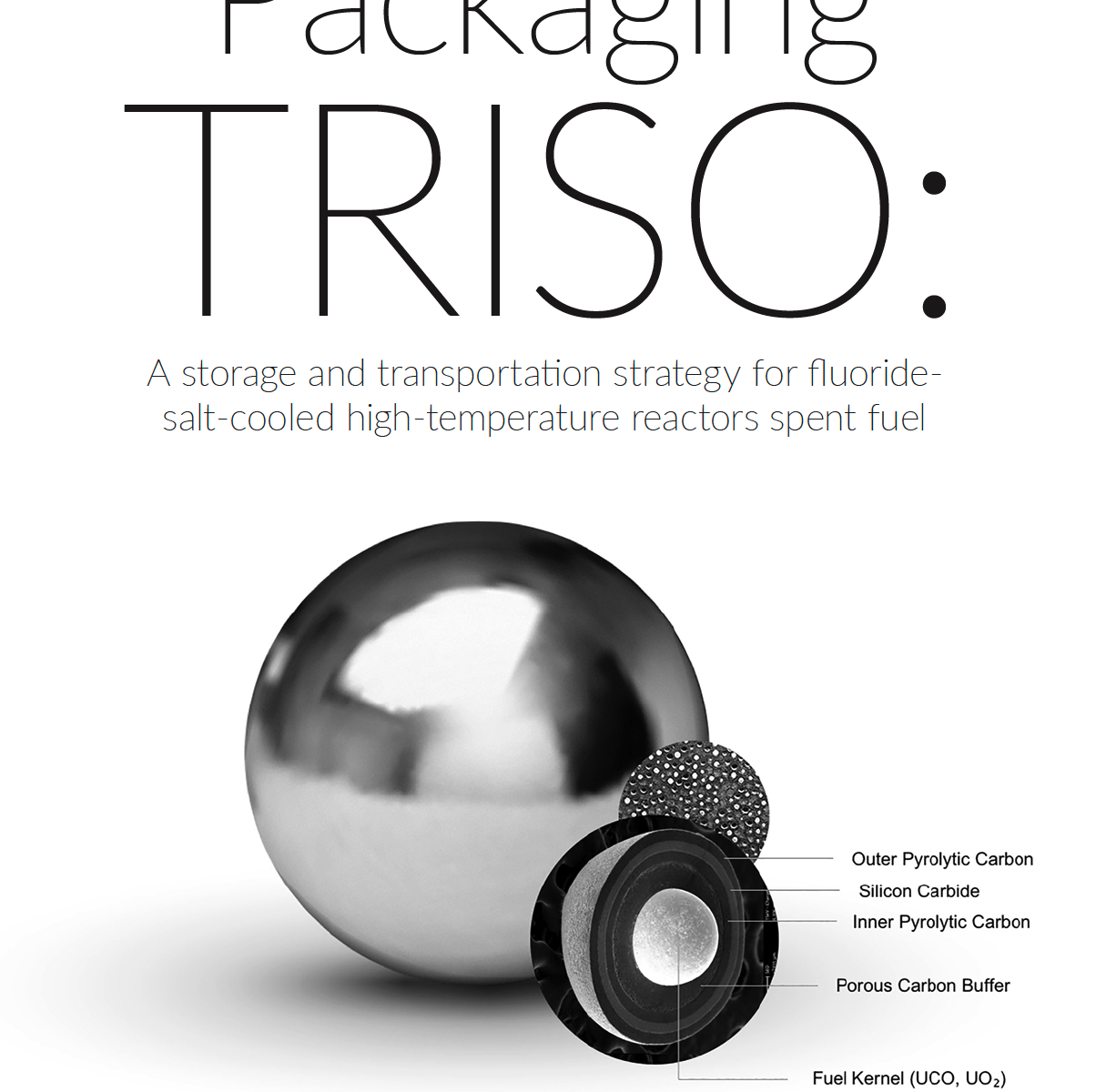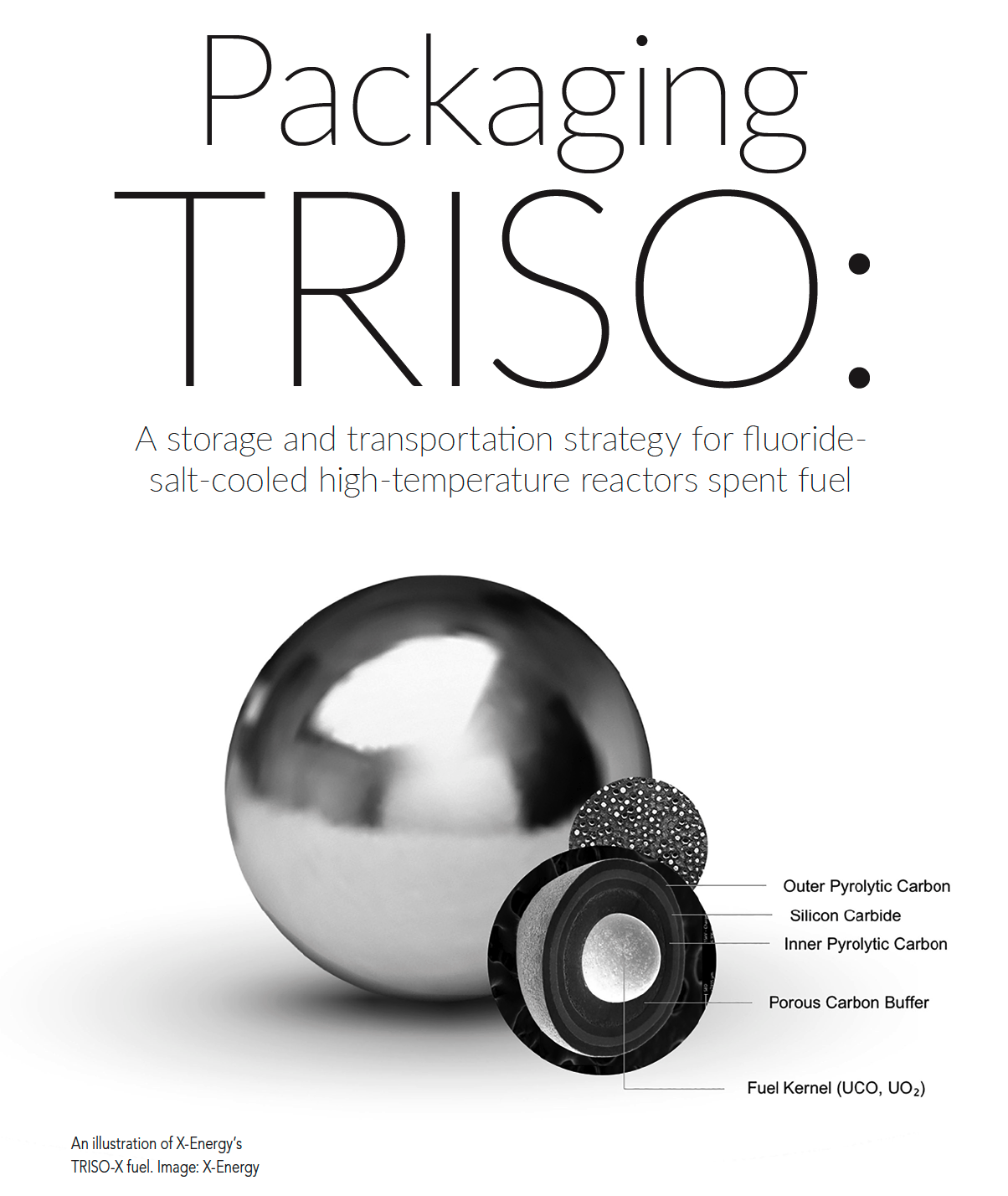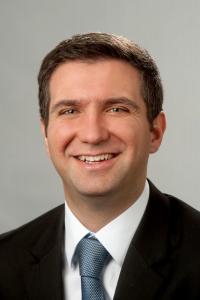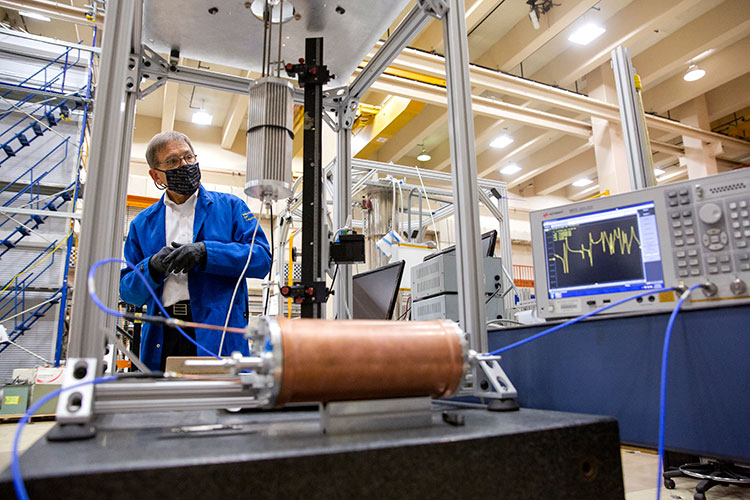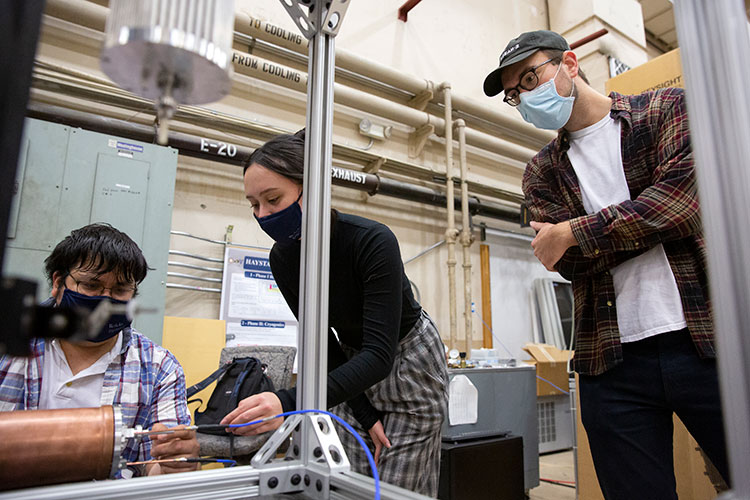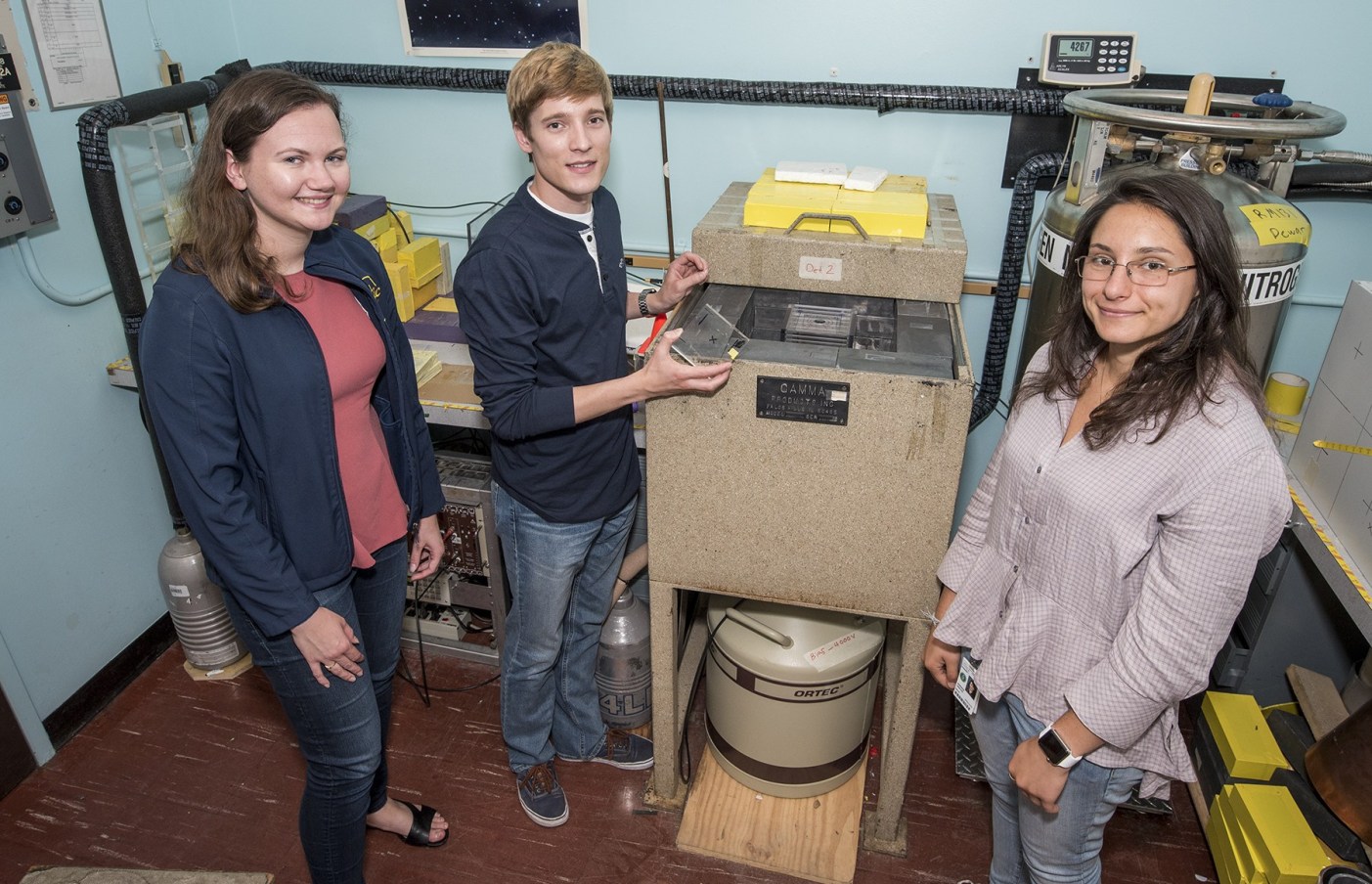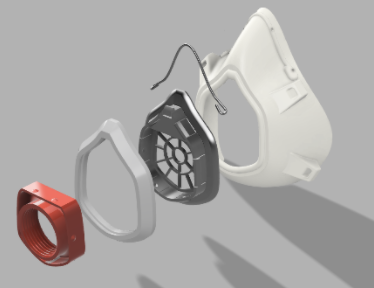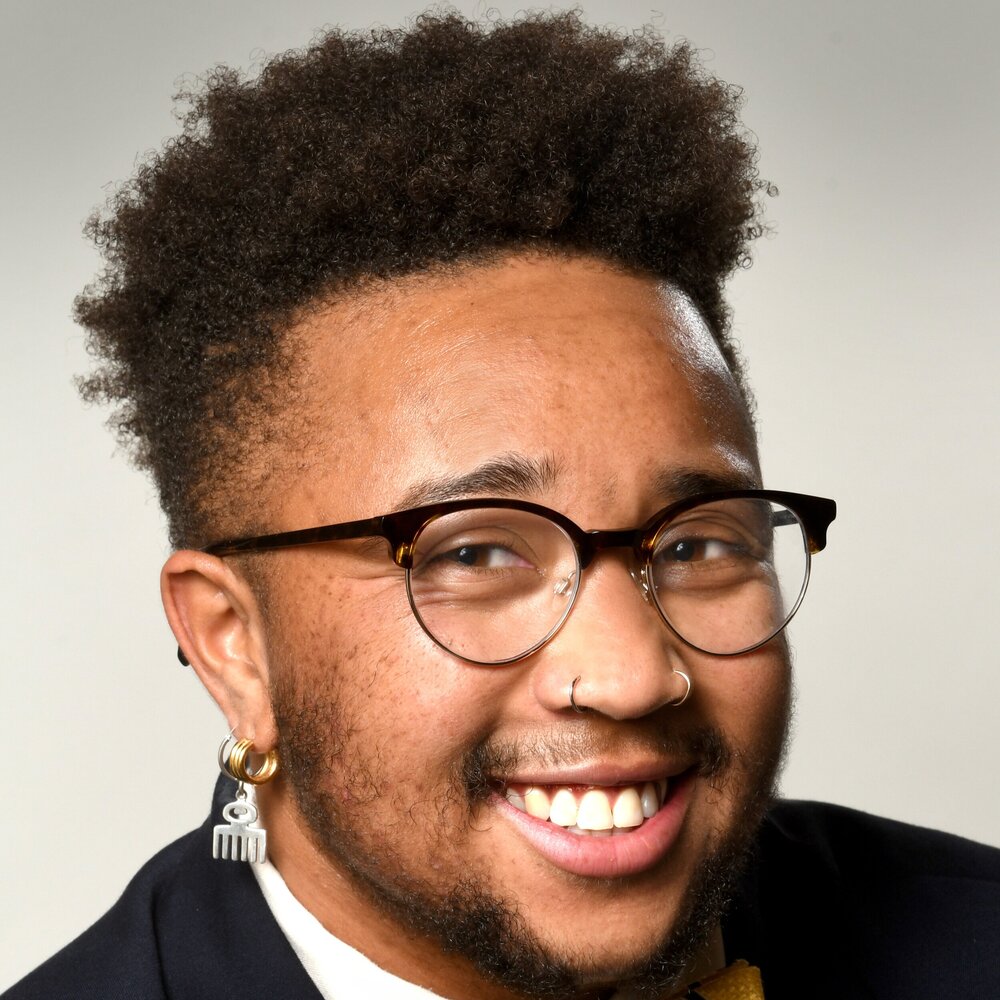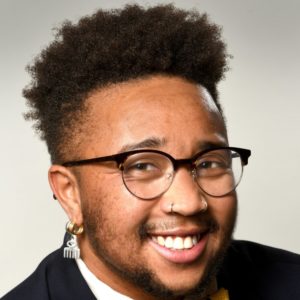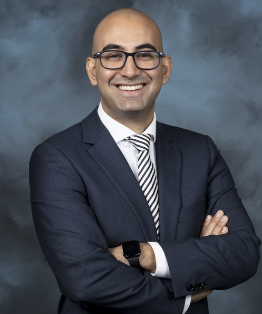Christopher Reis' poster wins 2nd Place at the US-Japan Hawaii Symposium
April 27, 2021
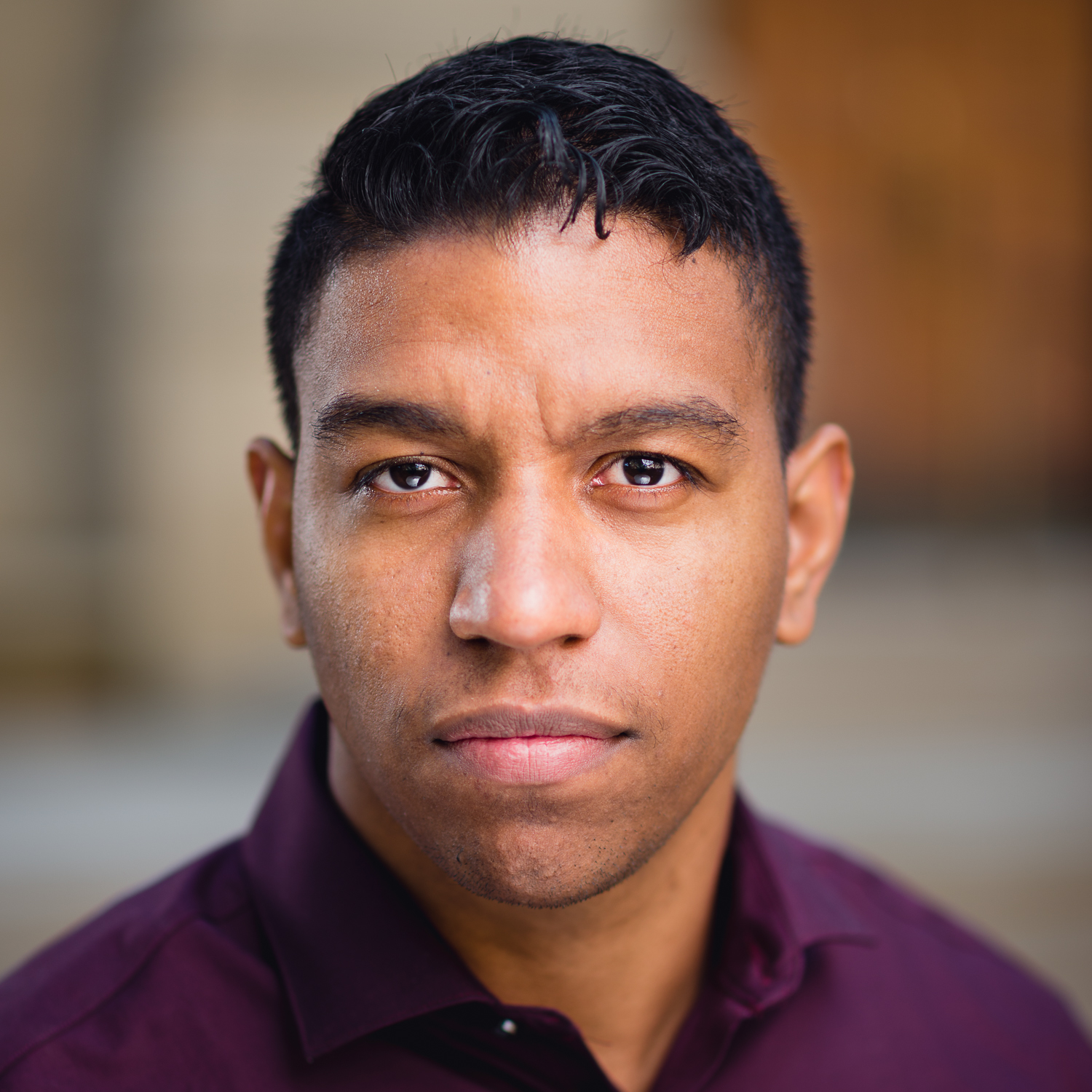
First-year graduate student Christopher Reis has won second place for his poster entitled Investigating the limits of high-temperature superconductors for high radiation environments with the US-Japan HEP collaboration, at the US-Japan Hawaii Symposium of the US-Japan Science and Technology Cooperation Program
The abstract for his marvelous paper here:
Nb-based low-temperature superconductors have underpinned the successes of particle accelerator technology over the last few decades. High-temperature superconductors (HTS) open a wider application space, enabling new capabilities for High Energy Physics, High-Field Magnetic Fusion, NMR, neutron, and X-ray scattering. With complimentary goals, expertise, and tools, our team is improving the technological readiness of these novel materials. This collaboration is centered around two main tasks: Investigating HTS technologies for high-radiation environments and measuring/modeling AC loss and field quality of HTS accelerator magnets. The insulation studies implicit to the first task have yielded a simple and scalable method to remove delamination damage of HTS REBCO tapes and seen the irradiation of new epoxies to 20 Mgy. From task one we have also shown that irradiation of these tapes above 1.80E22 n/m2 completely destroys superconductivity. For task two, the team has been employing both experimental tests and modeling to understand the practical limits of REBCO coated conductors due to a quench and methods of alleviation, and field quality of canted-cosine-theta magnets made from a round REBCO cable

